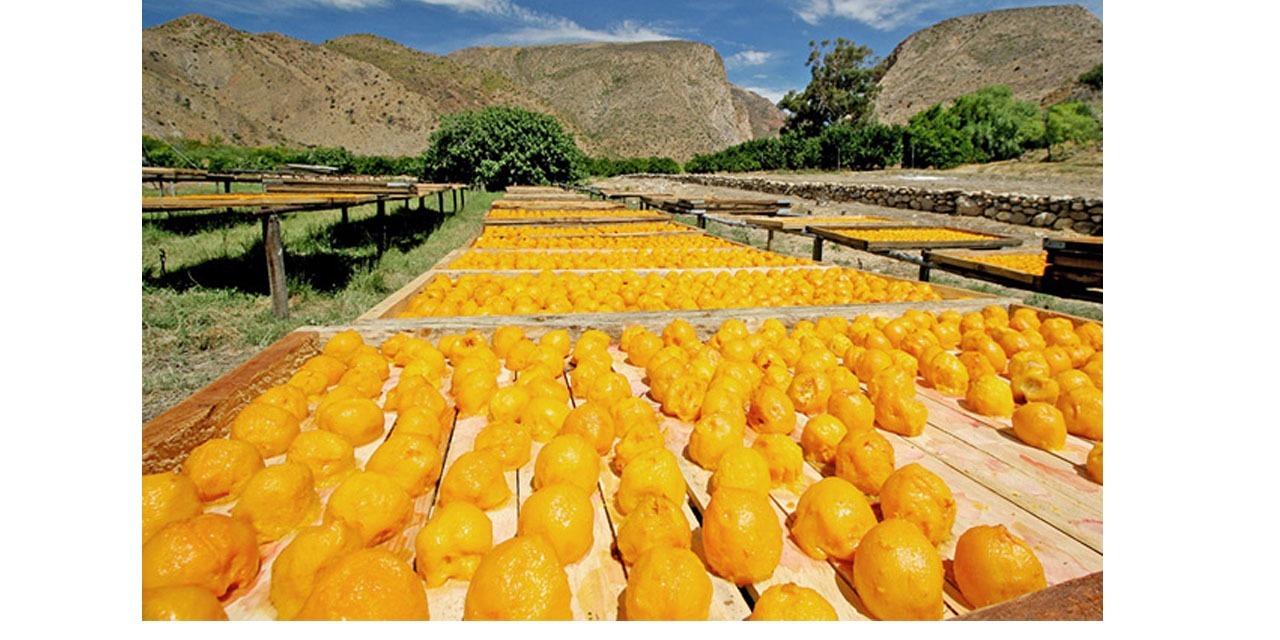Chamwe Kaira
…. Impact on Namibia to be minimal
…. Weakened rand would affect Namibian dollar
…. Weak rand could pressure interest rates
The biggest risk that South Africa faces with over its neutral stance regarding the Russia/Ukaraine conflict is possibly being kicked out of the AGOA pact and having its exporters lose preferential access to the US market.
“This would affect around N$44 billion of our export revenue, making up almost 25% of the total exports to the US,” economist at Stanlib South Africa, Ndivhuho Netshitenzhe told Observer Money.
Netshitenzhe said while this doesn’t mean that South Africa won’t be able to export to the US, it will make it harder for exporters to enter the US market and remain competitive.
“The sectors that would be most affected is the vehicles sector, followed by agriculture; who make extensive use of AGOA.”
As an ally, the EU could follow suit and remove South Africa from the SADC-EU Economic Partnership Agreement (EPA), Netshitenzhe added.
“Unlike the AGOA, the EPA is significantly more important, providing preferential access to the EU market for 98.7% of South African goods. This means that losing preferential access to the EU market would affect R434.7 billion of South Africa’s export revenue. In this case, industries that stand to lose the most are mineral products, vehicles and precious metals.”
The economist said the trade impact would affect the manufacturing, mining and agricultural sectors, hurting revenues, employment, tax revenue, the trade balance and economic growth.
“Importantly, should it be proven that South Africa provided arms to Russia, it’s possible that companies in the West decide to reduce their exposure to South Africa as part of their own risk management processes, adding further pressure on overall financial and goods trade outlook,” said Netshitenzhe.
Stanlib economist said from an economic activity perspective, he expects the impact on Namibia to be minimal as trade relations should continue between the two countries even if South Africa is excluded from AGOA and EPA.
“Trade might even increase marginally, as South African exporters look for alternative markets to sell their good competitively, including in Namibia. This impact is likely to be minimal as only 3% of South Africa’s total exports went to Namibia, while Namibia accounted for 1% of South African imports in 2022.”
Netshitenzhe added that where there could be relatively more significant impact is if the rand weakens significantly from these developments, affecting the Namibian dollar. In addition, rand weakness could add upward pressure to South Africa’s already sticky inflation rate, he said.
“The sustained weakness in the rand could place even more pressure on the South African Reserve Bank to increase interest rates further. Because Namibia’s monetary policy often tracks that of South Africa because its currency is pegged to the rand, this would force the Bank of Namibia to follow with similar increases in their repo rate. This could hamper domestic demand, affecting economic growth in the short term in Namibia.”




